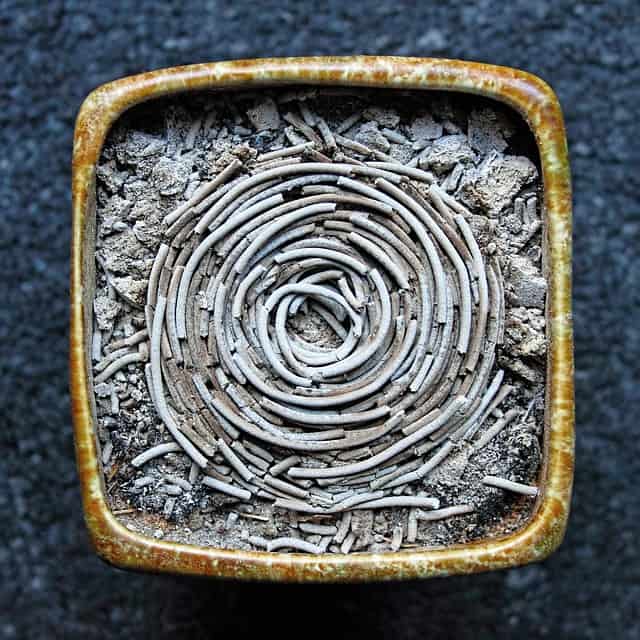About Incense
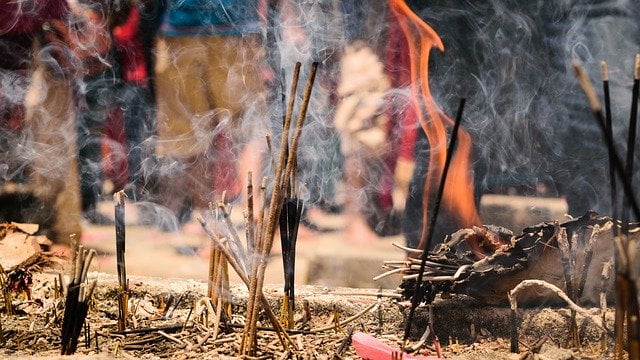
Why is incense used in yoga and meditation, you ask? We often hear this question in our store. People are always saying ‘oh, this smells great! But what does it do? What is incense used for?’ So here’s a little incense history & info for you guys.
Incense And Emotional Wellbeing
Scents and sights activate the emotional and memory centres in the brain. Have you ever caught a scent on the wind and felt a flood of emotions from a time that has long passed? Scents can elevate or relax our minds, triggering the release of serotonin and promoting our wellbeing.
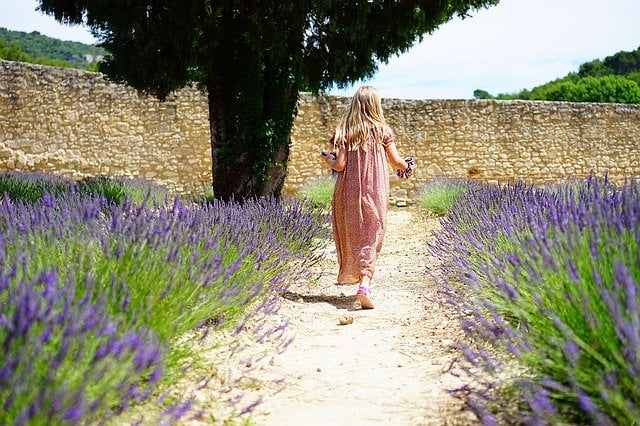
The right scent can invigorate our creativity or take a weight from our shoulders. There is power in scent. There is emotional healing in experiencing certain scents. This is why the practice of aromatherapy is so beneficial to so many.
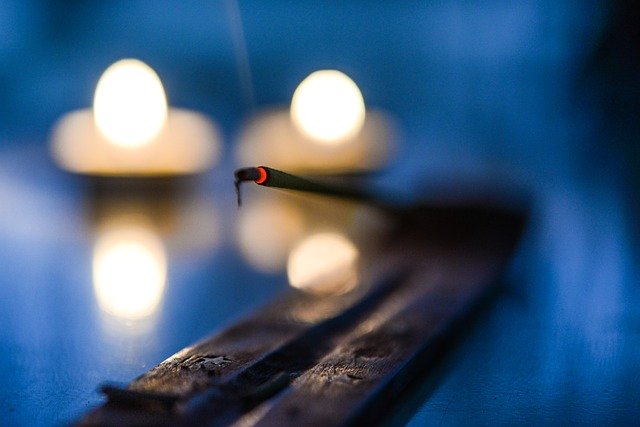
The burning of incense is also an act of devotion. The conscious burning and personal ritual involved helps us focus and centre ourselves. For this reason incense is enormously beneficial alongside meditation, chanting and Yoga practice. Combining powerful emotional healing and clarity of mind is a yoga & meditation keystone, after all.
Spiritual Origins
The ancient Indian meditative practice of Pujna involves the offering of the senses to the divine. Each sense was purified by consciously activating it in a ritual way. For example, bells were rung to purify hearing, while fire was burned to purify the sight. In this practice a blend of herbs was burned to purify the sense of smell and to aid the concentration of worshippers. As time went on the blend was altered and added to, creating endless varieties of fragrances for healing & meditation by monks and herbalists. One method was the blending of different herbs and resins into firm, mouldable pastes. These blends were collectively called dhoop. This dhoop could be moulded into large cones and lit to produce ritual smoke.
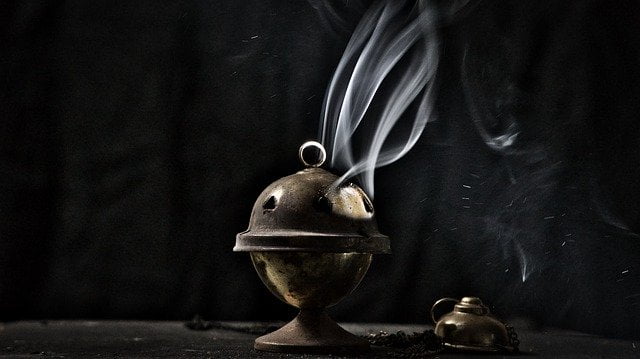
With the rise of Buddhism in India around 300BC, incense burning as a Buddhist meditation practice spread along with it – all over the world. China also has a rich tradition of Incense burning in temples, even using incense ‘clocks’ to tell time. They used bamboo stick incense in temple ceremonies. These sticks were called ‘joss sticks’, a term most people will recognise. It’s the most popular colloquial term for incense, regardless of country of origin.
Incense In The Modern World
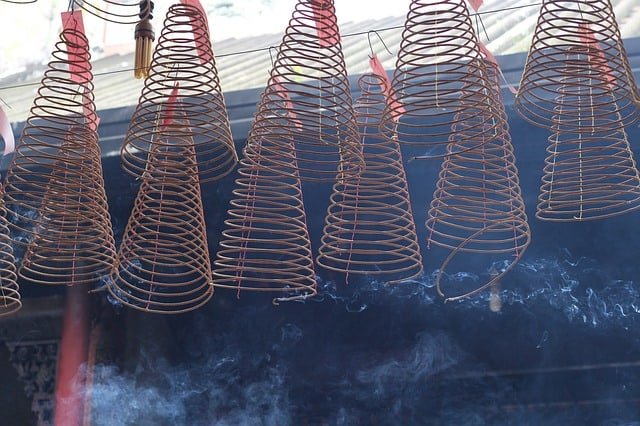
Incense rolled onto thin bamboo sticks has only been commonplace outside China since the 1990s – before this the more traditional Dhoop was used in south asia, along with the charcoal and resin methods used in Catholic rituals and Churches in the west.
Incense sticks are often used to measure time in meditation and yoga. For instance during a yoga class we would meditate for the time it took for a stick to burn out completely. Incense burning has now spread from religious rituals to modern homes. You’ll find it in almost every yoga and meditation class.
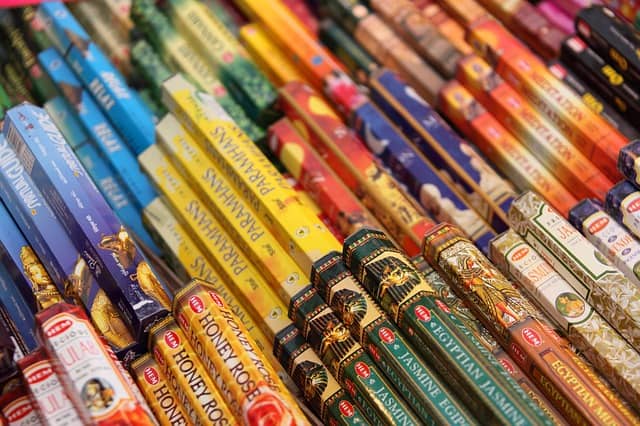
These days most people rarely see any incense used other than bamboo sticks, so there are now endless varieties of this type of incense. These can range from the traditional (sandalwood and frankincense) to the really bizarre (chocolate, beer and bacon!). The popularity and convenience of incense sticks has allowed it to be something we can all enjoy, whether it’s for meditation or just a relaxing bath. It’s a powerful tool in our yoga practice kit, and gives us an opportunity to experiment. If you haven’t tried incense yet – give it a shot. If you’re a veteran – keep experimenting!
You can take a look at our incense and holders here
Yogamasti
For more tips, tricks, meditations, news and info, like and follow us on Facebook or catch us on Instagram as @yogamasti or #yogamasti. Our followers get exclusive offers and sneak peaks, and we love talking to customers! See you soon!

